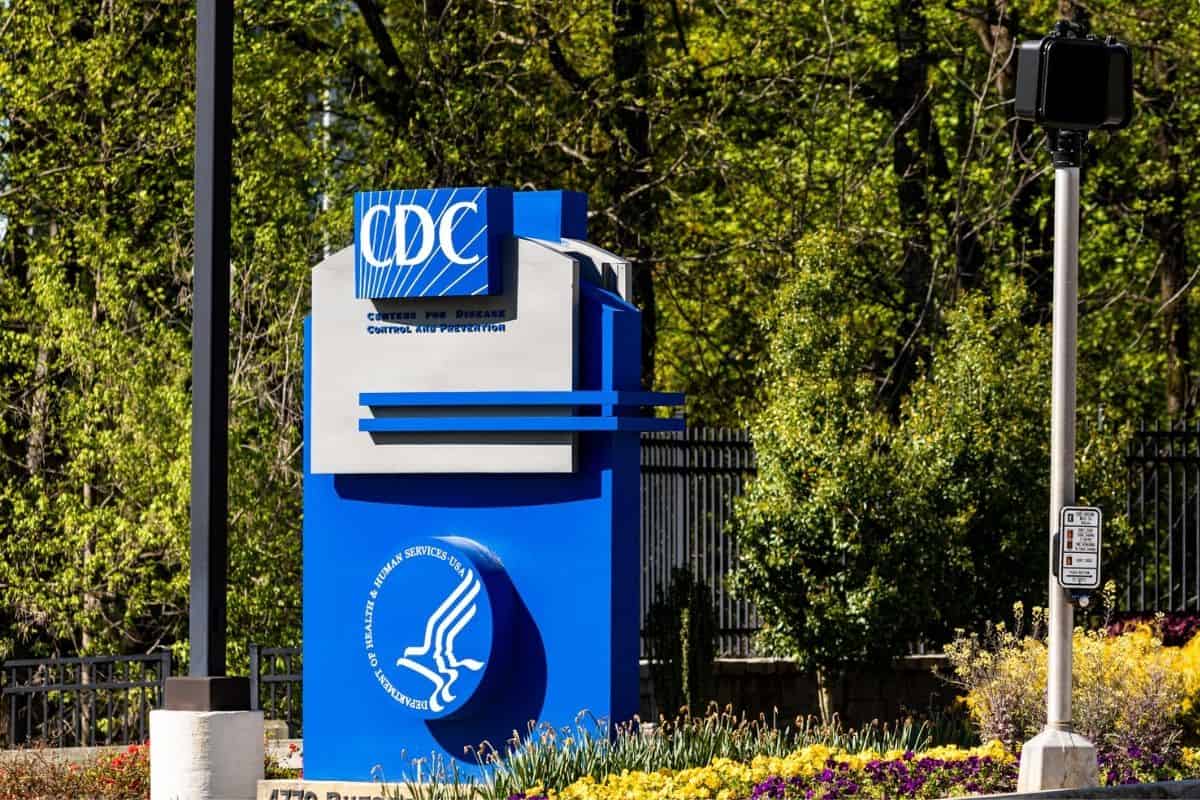The CDC announced on Wednesday that it will change the way it issues travel advisories beginning April 18th. The change will likely reduce the number of countries listed as a level 4 “Do Not Travel”. Currently, about 90 countries are listed as level 4, including most of Europe, Brazil, South Korea, Australia, and more.
The rankings are rated from 1 to 4 with 4 being extremely high cases of COVID. It’s broken down like this:
- Level 4 Very High – more than 500 new cases over the past 28 days per 100,000 population
- Level 3 High – between 100-500 new cases over the past 28 days per 100,000 population
- Level 2 Moderate between – 50-99 new cases over the past 28 days per 100,000 population
- Level 1 Low – fewer than 50 new cases over the past 28 days per 100,000 population
The CDC said in a statement, “This new system will reserve Level 4 travel health notices for special circumstances, such as rapidly escalating case trajectory or extremely high case counts,” which may better reflect a traveler’s actual risk level while abroad, especially comparing it to the current statistics in the U.S.
Previously, as the CDC was quick to slap a Level 4 travel notice on countries with even a much lower positivity rate than the U.S., it made it difficult for an individual traveler to assess risk.
What Will Change?
In recent weeks we’ve seen the CDC drop several countries from the “Level 4” ranking including Saudi Arabia, Myanmar, Peru, Ecuador, Columbia, Bolivia, Botswana, and Haiti. It’s likely that we will see more countries removed from the level 4 list.
It is also likely that we will see different recommendations for vaccinated and unvaccinated travelers. Last month, the U.S. Travel group penned a letter to the CDC asking them to end the “avoid travel” advisories for all vaccinated individuals and urged the Biden administration to avoid the future “use of travel bans from specific countries.”. There was no word on changing the advisories for unvaccinated travelers.
In the same letter, the group stated, “CDC should ensure that Americans are not dissuaded from traveling to any place with COVID-19 case rates that are equal to, or less than, the case rates prevailing in the U.S.” – So it is possible that the CDC will take this recommendation into account.
The New Variant
All of these changes are coming about as a new variant is beginning to surge throughout the country. Yesterday, we saw Philadelphia reinstate its mask mandate and the CDC has extended its mask mandate on planes until May 3rd. The decision was made in response to the increasing spread of the omicron subvariant in the U.S. and an increase in the 7-day moving average of cases, which have risen by around 25% over the last two weeks nationally.
International NGOs like the WHO has stated that countries are lifting restrictions and mandates too quickly, also sighting the rise of the BA.2 variant. Early research on the BA.2 variant shows, that it is more transmissible than the widely disseminated Delta and Omicron variants. So far, scientists engaged in studying new infection trends have not yet been able to establish whether the BA.2 is more dangerous than other previous variants.
Public Opinion
It has been a long two years and people seem mostly eager to get back to normal. This was especially evident during the surges of the Omicron Variant. Omicron was a much milder form of the virus than its predecessors Alpha and Delta. This made many people less nervous about catching the virus as it spread through the US and Europe. Public support waned for restrictions over the past year that took the form of massive protests that had the potential to turn violent. It would be a difficult task for the CDC and the government at large to gain public support behind a new round of mask mandates and travel restrictions.

